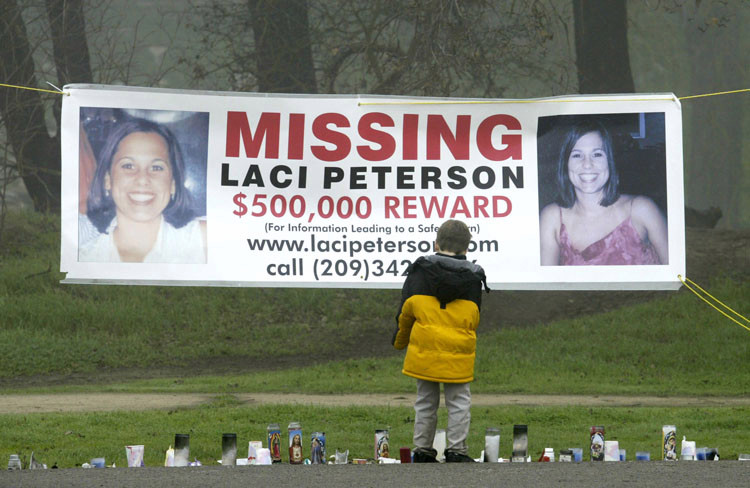Laci and Connor's Law

"Feminist scholars—including Cynthia Daniels, Fay Duden, Lynn Morgan, and Meredith Michaels, Rachel Roth, Rebecca Stringer, and Rosalind Petchesky among others—have announced the birth of a new rhetorical figure, the public fetus, which now functions as the 'tiniest citizen' and central 'social actor' in the American conservative imagination." (Buchanan, p. 88, quoting Daniels, 1993, p. 3)
In the fourth chapter, "Changing Constructs of Motherhood: Pregnancy and Personhood in Laci and Conner's Law," Buchanan finalized her claim of the weight and power of the god-term Mother by providing an overview of the process of The Unborn Victims of Violence Act (UVVA) and how the bill came to pass in Congress. The majority of the chapter focuses on how the advocates for the bill made better decisions for how they would approach their platform by using a more successful rhetoric than the Motherhood Protection Act (MPA).
MPA rhetors applied a one-person paradigm of pregnancy while UVAA rhetors applied a two-person paradigm including both the mother and unborn child (p. 95). Buchanan classified and defined the benefits of kairos, style, and the appeals of pathos and ethos as they played a huge role in the passing of the bill.
Interestingly enough, Buchanan did not mention the power of language directly until the end of the chapter, when she spent the last three pages evaluating and suggesting improvements for pro-choice rhetors; her readers can sense a personal rhetoric for the sake of arguing effectively for women's reproductive control and the need for reclaiming language that is emotional, conciliatory, moralistic, and even religious to continue the fight for abortion rights (p. 114).
Readers find in this chapter that Buchanan chooses this case study to elucidate the power of how the rhetoric of motherhood can transform an individual and the way society views that individual. Laci Peterson, eight months pregnant with her son to be named Connor, was unknown before her 2002 murder, but following the heinous act, UVVA members and speakers used her tragedy as the image and voice for the bill, therefore enticing others to find out more about her and learn as much as they could making her a household name.
At the close of this chapter, even though Buchanan has created, defined, and argued for the existence of the Woman/Mother continuum throughout all three case studies, it is clear it frustrates her that there is an immense amount of evidence to prove its truth.